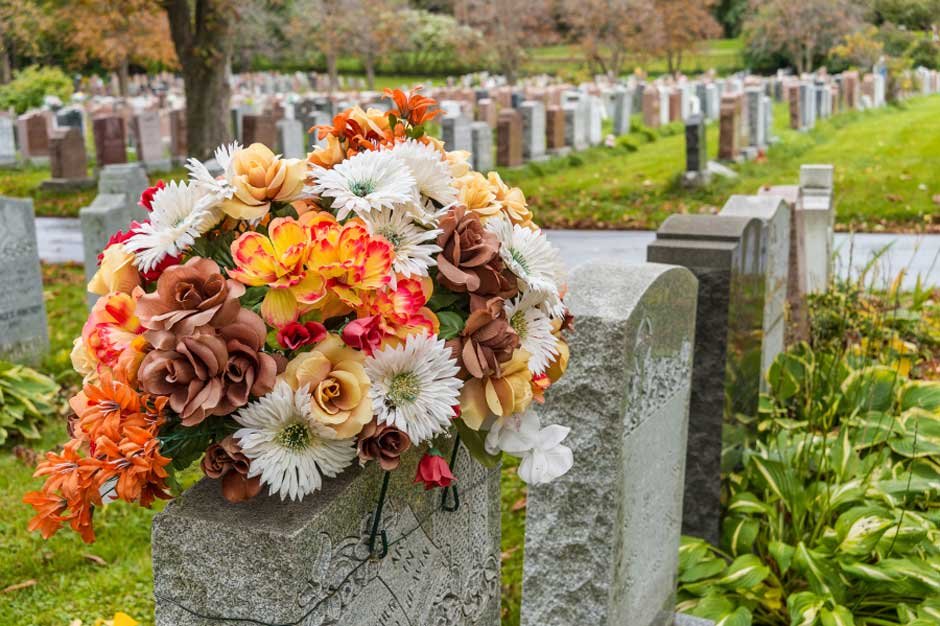Funeral floral tributes, also known as sympathy flowers, have played a significant role in the customs and traditions of mourning for centuries. These arrangements serve as a symbolic expression of love, sympathy, and respect for the deceased.
In this article, we will delve into the rich the history of funeral floral tributes, tracing their evolution from ancient civilizations to modern times.
Ancient Beginnings
The origins of funeral floral tributes can be traced back to ancient civilizations. In Egypt, mourners adorned the tombs of the pharaohs with wreaths and garlands made from flowers, symbolizing their belief in the afterlife.
Similarly, in ancient Greece, mourners placed flowers on graves as a way to honor the dead and seek the favor of the gods. These practices laid the foundation for the use of flowers in funeral ceremonies.
The Victorian Era
- The Victorian era (19th century) witnessed a resurgence of interest in symbolism and sentimentality, leading to the popularization of elaborate funeral customs.
- Flowers became a prominent part of this movement. The Victorians assigned specific meanings to various flowers, allowing mourners to convey their emotions subtly through floral arrangements.
- For example, lilies represented innocence and purity, while roses symbolized love and admiration. The language of flowers, or “floriography,” became an essential aspect of funeral traditions during this period.
Flowers in Modern Funerals
In the 20th century, funeral customs continued to evolve, with flowers remaining a central element. The practice of sending floral tributes to the bereaved family became common, offering a way for distant friends and relatives to express their condolences.
Funeral directors also began offering a wide range of floral arrangements, from casket sprays to standing easel arrangements, allowing mourners to choose the most fitting tribute for their loved ones.
Contemporary Trends
- In recent years, funeral floral tributes have seen further innovation. While traditional arrangements with classic flowers like roses and lilies still hold a special place, there is now a trend towards more personalized and unique tributes.
- Families often request custom designs that reflect the interests, hobbies, or personality of the deceased.
- Additionally, eco-friendly options, such as biodegradable floral arrangements, have gained popularity as people become more conscious of environmental concerns.
Cultural Variations
The use of funeral floral tributes varies across cultures and regions. For example, in Asian cultures like Japan and China, white chrysanthemums are commonly used as funeral flowers.
In Mexico, marigolds play a significant role in the Dia de los Muertos (Day of the Dead) celebrations. Understanding these cultural variations is essential for showing respect and sensitivity when sending floral tributes to diverse communities.
Funeral Floral Tributes in Present Times
Funeral floral tributes in present times refer to the practice of sending and displaying flower arrangements at funerals and memorial services as a way to express condolences, sympathy, and respect for the deceased.
This tradition has evolved to encompass a wide range of floral arrangements that can convey various emotions and sentiments.
Expression of Sympathy and Support
- In contemporary society, funeral floral tributes remain a powerful symbol of sympathy and support for grieving families.
- Friends, relatives, and acquaintances send floral arrangements to convey their condolences and show their presence during a difficult time.
- These flowers provide visual comfort and emotional solace to those mourning the loss of a loved one.
Diverse Floral Arrangements
- Modern funeral floral tributes come in a myriad of forms, from traditional wreaths and casket sprays to more personalized and unique arrangements.
- Families often choose flowers that reflect the personality, hobbies, or interests of the deceased, creating a meaningful and customized tribute.
- This diversity allows for a more personalized and heartfelt expression of sympathy.
Symbolic Meanings
- In today’s context, the symbolism of flowers in funeral tributes remains significant. Different flowers and colors are chosen to convey specific emotions and sentiments.
- For instance, white lilies represent purity and peace, while red roses symbolize love and respect.
- Understanding these symbolic meanings allows mourners to select flowers that best convey their feelings.
Conclusion
Funeral floral tributes have a long and diverse history, evolving from ancient customs to contemporary expressions of sympathy. They continue to provide solace and support to grieving families worldwide. In present times, funeral floral tributes remain a heartfelt and meaningful way to express condolences and support grieving families.

